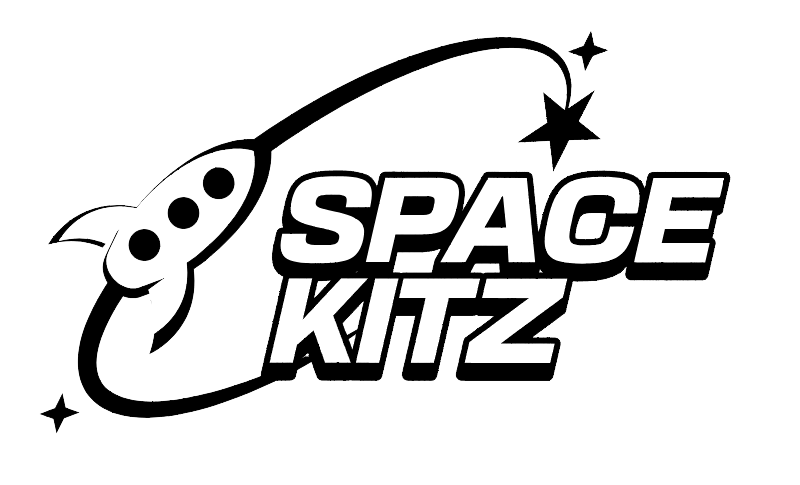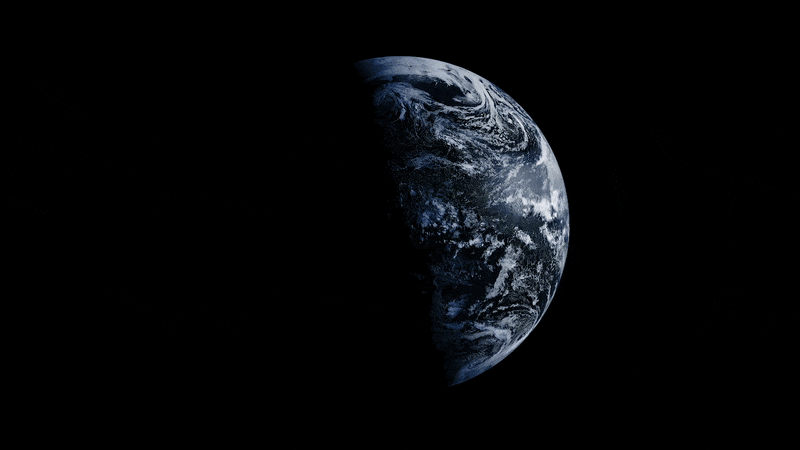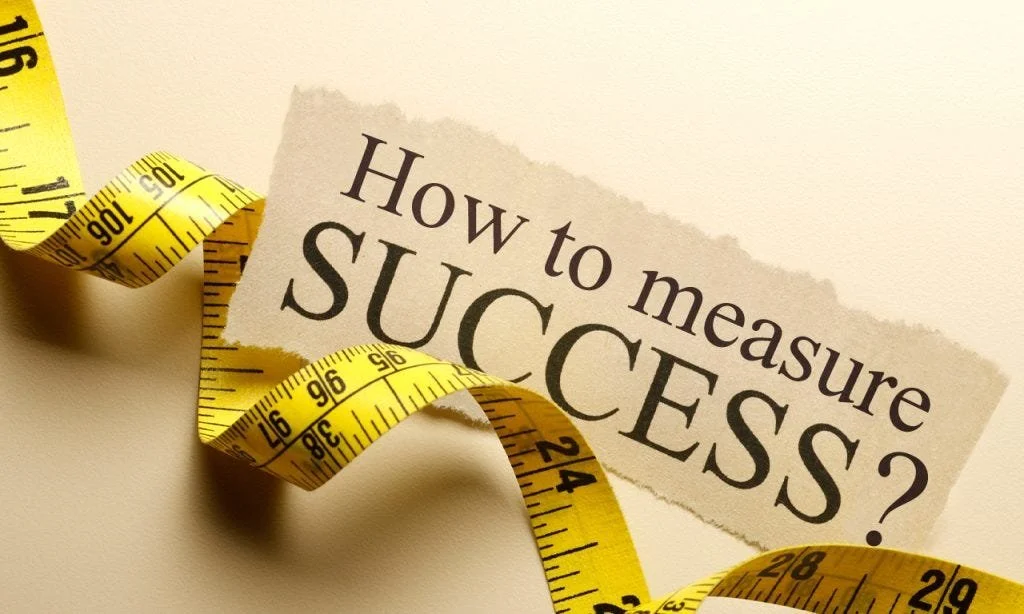Unlocking Space for Classrooms with Space Education Grants
Bringing Real Space Science into Middle and High Schools
Students aligning the antenna base station from Signal Hunters to the NOAA satellite.
The Space Kitz Signal Hunters program gives students the rare opportunity to step directly into the world of satellite science. With a hands-on kit, middle and high school learners build their own ground stations, capture live NOAA weather satellite data, and explore how space technology connects to everyday life on Earth.
For educators and grant writers, Signal Hunters is more than just a STEM activity. It’s a space education curriculum that aligns perfectly with the goals of Space Education Grants and the NASA Space Grant College and Fellowship Project.
Program Goals and Objectives
Signal Hunters is designed to meet the exacting requirements of space education funding proposals. Our goals include:
Satellite Communication & Radio Science: Teach students how radio waves carry data from orbit to Earth.
Weather & Climate Research: Use NOAA satellite signals to explore hurricanes, wildfires, and space weather phenomena.
Physics in Action: Apply real-world concepts like frequency, wavelength, and signal-to-noise ratio.
STEM Career Inspiration: Spark interest in aerospace, meteorology, physics, and data science by letting students do what professionals do.
These objectives align with national space education initiatives and the mission of the NASA Space Grant Program, which funds projects that expand STEM participation through authentic aerospace experiences.
Curriculum and Topics Covered
The Signal Hunters curriculum is hands-on and project-based, focusing on Space & Radio Frequency science.
Actual data decoded from the NOAA satellite using Signal Hunters.
Ground Station Engineering:
Students build and align a satellite receiver system. They learn to connect antennas and single-board computers (e.g., Raspberry Pi) to SDRs, preparing them to receive space data.
Radio Communication and Signal Theory:
Learners study how radio waves carry data across space. They calculate frequencies and signal-to-noise ratios, and apply modulation techniques in real applications. Concepts like wavelength and bandwidth are taught through the live decoding of weather satellite transmissions.
NOAA Satellite Imagery:
Using the kit, students capture NOAA GOES Automatic Picture Transmission (APT) signals from passing spacecraft. They process real satellite images—such as downloading weather cloud maps or storm data—and learn how these images are used in forecasting and emergency response.
Atmospheric & Climate Science:
By analyzing the captured imagery, students explore Earth science topics. They investigate atmospheric circulation, track the development of hurricanes, and observe environmental events like wildfires from space. For example, NOAA’s GOES-18 imaged the California “Park Fire” and its smoke plume; with Signal Hunters, students could receive such images in class. This ties directly to climate and environmental monitoring.
Mathematics in Context:
Students apply math to interpret the data: from calculating the satellite’s orbital parameters to analyzing pixel values and plotting temperature gradients on images. Math becomes tangible when they use ratios and scaling to decode patterns in the atmosphere.
Each unit is paired with guided lessons and labs. Students might start by learning basic RF theory, then immediately apply it by tuning the receiver to the GOES frequency. This integration of theory and practice makes abstract space concepts concrete.
Learning Outcomes & Educational Benefits
Through the Signal Hunters program, students will gain exact STEM skills and knowledge aligned with space education. Expected outcomes include:
Scientific Inquiry:
Learners will interpret real data like atmospheric images and telemetry. They will be able to explain weather phenomena (e.g. how NOAA tracks storms), apply Earth science concepts, and make evidence-based conclusions from their own collected data. This builds authentic scientific reasoning and deepens understanding of the scientific process.
Educators and funders often ask: How do we measure impact? Signal Hunters provides clear metrics:
Participation Numbers: Track the total students and classes participating each year. A successful roll-out might engage, say, 200 students in Year 1, growing as word spreads.
Learning Assessments: Use pre/post quizzes on space and radio concepts to measure knowledge gains. Improved scores will demonstrate impact on STEM understanding.
Student Feedback Surveys: Collect student and teacher surveys rating engagement, confidence, and interest in STEM. Success is shown by high satisfaction and interest scores.
Continuation in STEM: Monitor how many alumni pursue advanced space science courses, clubs, or even declare aerospace-related majors in college. An increase in students joining astronomy clubs or selecting physics electives would indicate long-term program influence.
Work Samples: Count projects completed (e.g. number of satellite images captured and correctly decoded) as a concrete output metric. For example, success could be defined as each team capturing at least 10 meaningful images of weather events.
Community Impact: Track outreach – such as public demonstrations of the kit or media mentions – to show the program’s broader influence.
By setting measurable goals, the program aligns with expectations of grant reviewers who want clear evidence of outcomes.
NASA Space Grant Program: Opportunities for Educators
The NASA Space Grant program is a nationwide network created to advance STEM education and research. Initiated by Congress in 1989, the program now spans all 50 states, Washington, DC, and Puerto Rico through 52 state and territorial consortia. Each consortium – led by universities and college partners – administers scholarships, fellowships, and hands-on projects to support NASA-related science, engineering, and mathematics learning.
The National Space Grant Foundation (NSGF) is a nonprofit organization that helps raise support and coordinate these consortia to enhance STEM education and outreach. Together, Space Grant activities reach thousands of learners: over 6,300 college students receive Space Grant funding each year, and about 22,000 educators are engaged annually, collectively impacting roughly 400,000 K–12 students.
Origins and Scope: NASA’s National Space Grant College and Fellowship Project began in 1989 as a national network of colleges and universities dedicated to expanding public participation in NASA’s programs.
Consortium Structure: There are now 52 Space Grant consortia (one per state/territory) comprising more than 850 affiliates from higher-education institutions, industry, museums, and other organizations.
National Support: The National Space Grant Foundation supports and enhances all Space Grant consortia by facilitating education, research, and public outreach in STEM fields.
Annual Impact: Each year, Space Grant programs provide thousands of scholarships, run educator training programs, and fund K–12 outreach that touches nearly half a million students.
Finding Funding and Resources
Teachers interested in applying for Space Grant funding and other STEM grants should explore the following resources:
National Space Grant Foundation: The NSGF describes the Space Grant consortia network and provides information on each state or territory’s programming. This helps teachers locate their local Space Grant consortium and its initiatives.
NASA Space Grant College & Fellowship Project: This program explains the national mission and maintains a full list of Consortium Directors and state-level contacts. From there, teachers can navigate to their state’s consortium and find current grant announcements.
Space Foundation Discovery Center: The “Grants for Teachers” resource lists dozens of grant programs and opportunities for educators. It also highlights the Space Grant program and connects educators to additional funding opportunities. Bookmarking this list or subscribing to updates can help teachers stay aware of new opportunities.
State Education Agencies: Your state’s Department of Education website typically lists federal and state funding opportunities for educators. These often include or link to STEM grants. Contacting the state STEM or federal programs office can yield guidance on applying for Space Grant-related funding through state-administered programs.
By using these resources, teachers can apply for grants to fund classroom science projects, bring NASA STEM curricula into their schools, and attend professional development experiences. Whether through college scholarships for students or dedicated K–12 programs, the Space Grant network offers a wealth of support — and exploring these options is a strong starting point for educators seeking NASA-backed funding.




